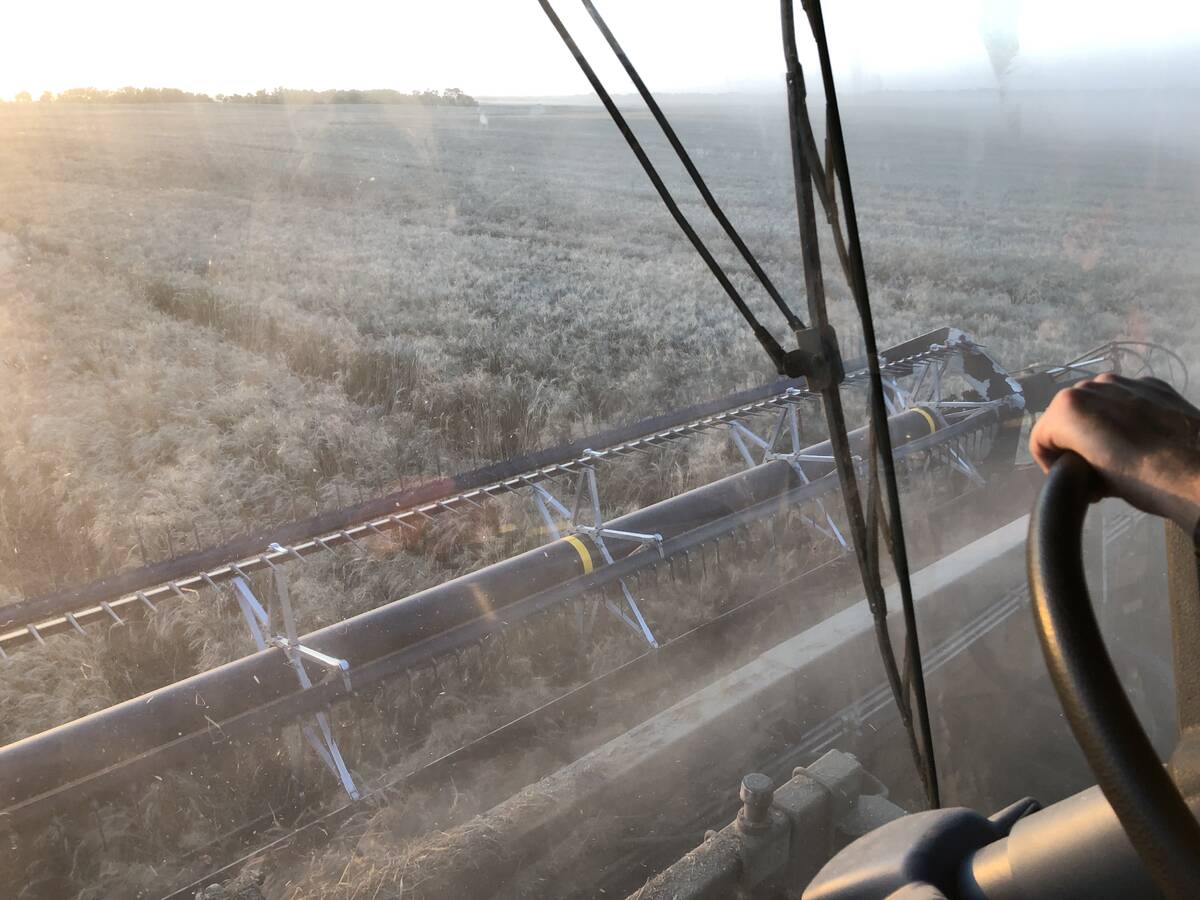When a pig spills its guts some people are willing to analyze the inside information.
A Fort Assiniboine, Alta., man says the spleen from a freshly butchered pig gives him long-range weather forecasts, an art he’s been honing for about 10 years.
“You’ve got to tell it the way you see it, whether you’re right or wrong and let the facts prove themselves later,” said Ken Porter, who uses the information to help in farm decision such as when to take his cows out of pasture.
Read Also

Mail strike disrupts grain sample delivery
The Canadian Grain Commission has asked farmers to consider delivering harvest samples directly to CGC offices, services centres or approved drop offs as Canada Post strike delays mail.
He analyzes the pig innards to predict area temperature and precipitation for six months. He claims his accuracy rate is about 70 percent – he’s trying to work his way up to 80 – and says he gives the best reading on the middle four months.
A full reading takes four to eight hours. During that time he observes patterns and anomalies in the spleen’s width, height and thickness and charts his predictions over a given time period. The spleen must come from a pig that has seen its share of the outdoor elements.
Since he’s a volunteer weather observer for Environment Canada, Porter has a weather station at his place and records information twice a day. After he makes his pig spleen predictions he compares them with weather patterns that emerged.
“You can start to see what actually happened and from that you can use that analysis to determine what’s going to happen. It’s kind of a learn from the facts and look ahead to the future.”
So far this year he’s only done a brief spring analysis from a one-hour spleen session because he hasn’t had time for an eight-hour investigation. But he predicts the Fort Assiniboine area will have warm spring conditions and temperatures will progressively heat up until the end of April.
However, he sees a definite drop around May 10 that he figures translates into a wet snowstorm.
He knows others who use pig spleens to predict the weather, most of whom won’t admit it publicly, and thinks there are about six different strategies. But he’s the only one he knows who compares his pig spleen readings with real temperatures afterward.
Precipitation is tough
The toughest problem, he said, is determining the amount of snow and other precipitation. He plans to alter his strategy a bit this year to track snow volumes better.
“I might say it’s going to snow and 10 flakes or so might come down and that’s not really anything to write home about.”
Last winter, he said his temperature predictions were fairly accurate but he underestimated the snow.
“My original prediction was we were only going to have enough snow to plow three times this winter. I ended up plowing nine times.
“That doesn’t breed much accuracy there.”
The other challenge he faces is blocking out favorable predictions he’d like to give.
“You have to look at what you think it’s telling you and don’t let it bother you that it’s going to be lousy weather for what you’re wanting to do yourself because that only prejudices you.”
Rene Servranckx of Environment Canada said there are plenty of unscientific secret recipes and formulas to predict the weather.
“What we know from the scientific tools we use is there’s uncertainty in long-range forecasts. It’s a puzzle to us how some people can get forecasts through their means,” he said.
“The general feeling is it’s not worth verifying something that’s not good science,” said Servranckx.
Porter said predicting the weather is often a no-win situation.
“If you give a weather forecast that’s accurate and it’s not good weather, nobody will tell you you did a good job. And if you make a mistake they’ll say, ‘You sure screwed that one up didn’t you?’ “
But Porter does offer one guarantee: If his forecast proves way off the mark, he’ll refund people’s money.
“Nobody paid me for it, so I won’t have to refund anything.”
















